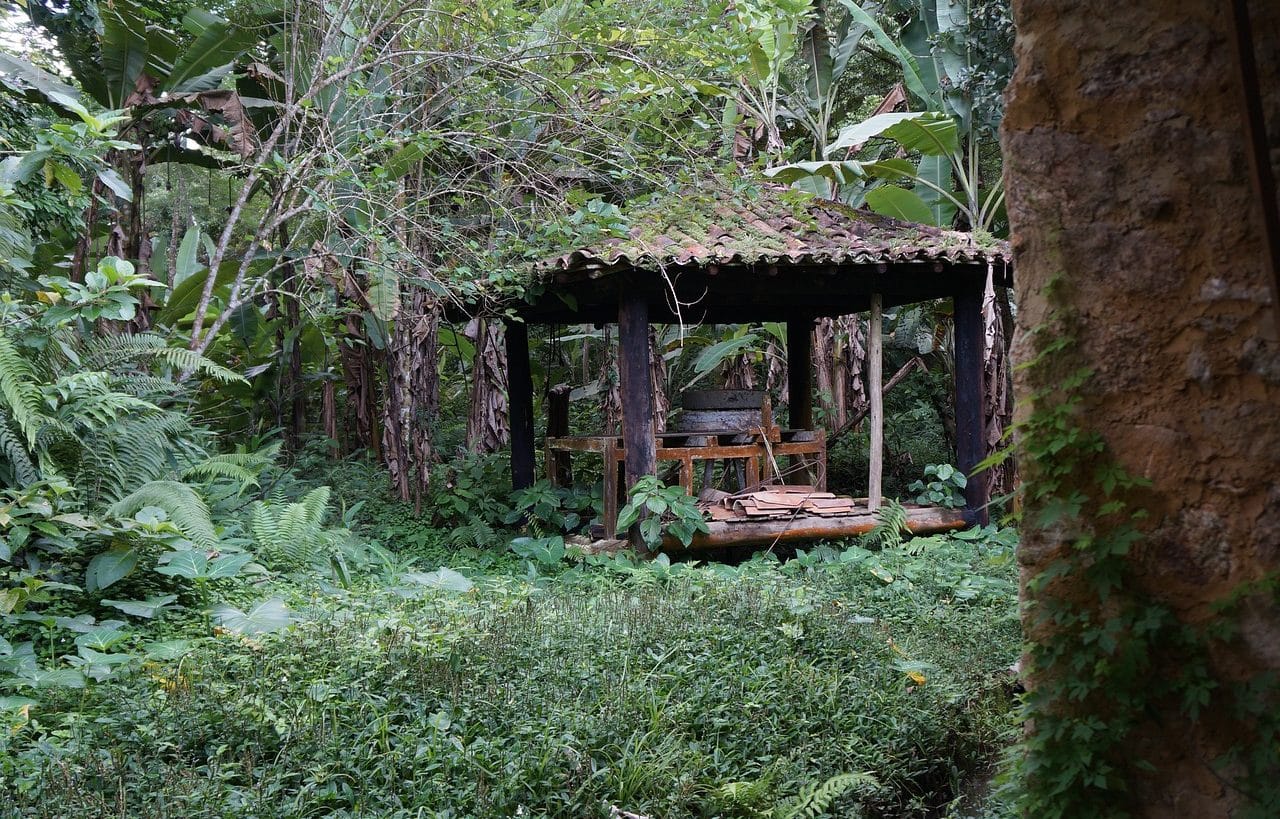
Quilombo is mentioned as something that is out of control or that is very boisterous or conflictive.
Quilombo is a term with African roots that has several different uses. In some countries it is used to name something that causes scandal, bustle , altercations or conflicts , or something that is out of control . For example: “With the student protests, the street is a quilombo” , “Can you stop doing a quilombo?” “I'm trying to study,” “I'm not going to take my children to the concert because there's always a mess and they're still very young.”
It is worth mentioning that the use of the word quilombo with the meaning just explained in the example sentences is considered vulgar; In a formal context, it is advisable to use terms such as disaster , noise or problem , depending on the meaning you wish to convey. In some cases, it becomes necessary to use more than one term to find the exact meaning: returning to the example of "student protests" , it can be indicated that the street is "impassable" , " noisy" , " difficult to access" , etc.
In other nations , however, a quilombo is a space in which there are women who offer sexual services. Quilombo, in this way, is a synonym for brothel: “TV cameras detected a married politician entering a quilombo during the early morning hours,” “The police rescued three enslaved women in a quilombo located next to the port.”
Origin of the quilombo concept
Quilombo comes from kilombo , a term from the Kimbundu language spoken in Angola . In the colonial era of Latin America , the concept was used to name the place where black slaves gathered.
In this framework, a quilombo could be an area that slaves occupied upon reaching freedom, after escaping from the mines and plantations controlled by slavers from Portugal . An example of this type of quilombo was the Quilombo dos Palmares , located in Brazil .

In the colonial era of America, the place where escaped slaves took refuge and gathered was called quilombo.
A historic area of Brazil
Between 1580 and 1710 , the Quilombo dos Palmares was the point where fugitive slaves and maroons settled with their families, but there was also mixing with white and indigenous people. In the quilombos, the former slaves organized themselves as a community, having land to cultivate and water sources.
The location of the Quilombo dos Palmares was part of the current territories of União dos Palmares , in the northern part of the State of Alagoas , and it was the largest quilombo in Brazil at the time of colonization. In the beginning, the direction was headed by Ganga Zumba , a runaway slave, and later by Zumbi dos Palmares , a nephew of his.
In addition to freedom , the quilombo gave former slaves the opportunity to organize and fight. Thanks to having a leader, they were able to confront the mercenaries and militiamen hired by the landowners, but also the troops, since they had their own weapons .
Characteristics of the Quilombo dos Palmares
The Quilombo dos Palmares was divided into several villages, some of which were relatively far from the others; In other words, it was a set of settlements that shared the same identity.
As mentioned above, the known origin of this quilombo dates back to the year 1580, the year in which small camps of fugitive slaves appeared in the Sierra de la Barriga who were trying to hide from their former captors. It should be noted that access to this area, which is located in the western part of the Penambuco region, was not very easy, which is why it was very suitable to be used as a refuge . Little by little, the organization became more complex and autonomous communities were born, with their own government, which developed agricultural activities.
Today Quilombo is also the name of a town in Santa Catarina ( Brazil ) that has a population of more than 10,000 inhabitants in an area of about 283 kilometers .
